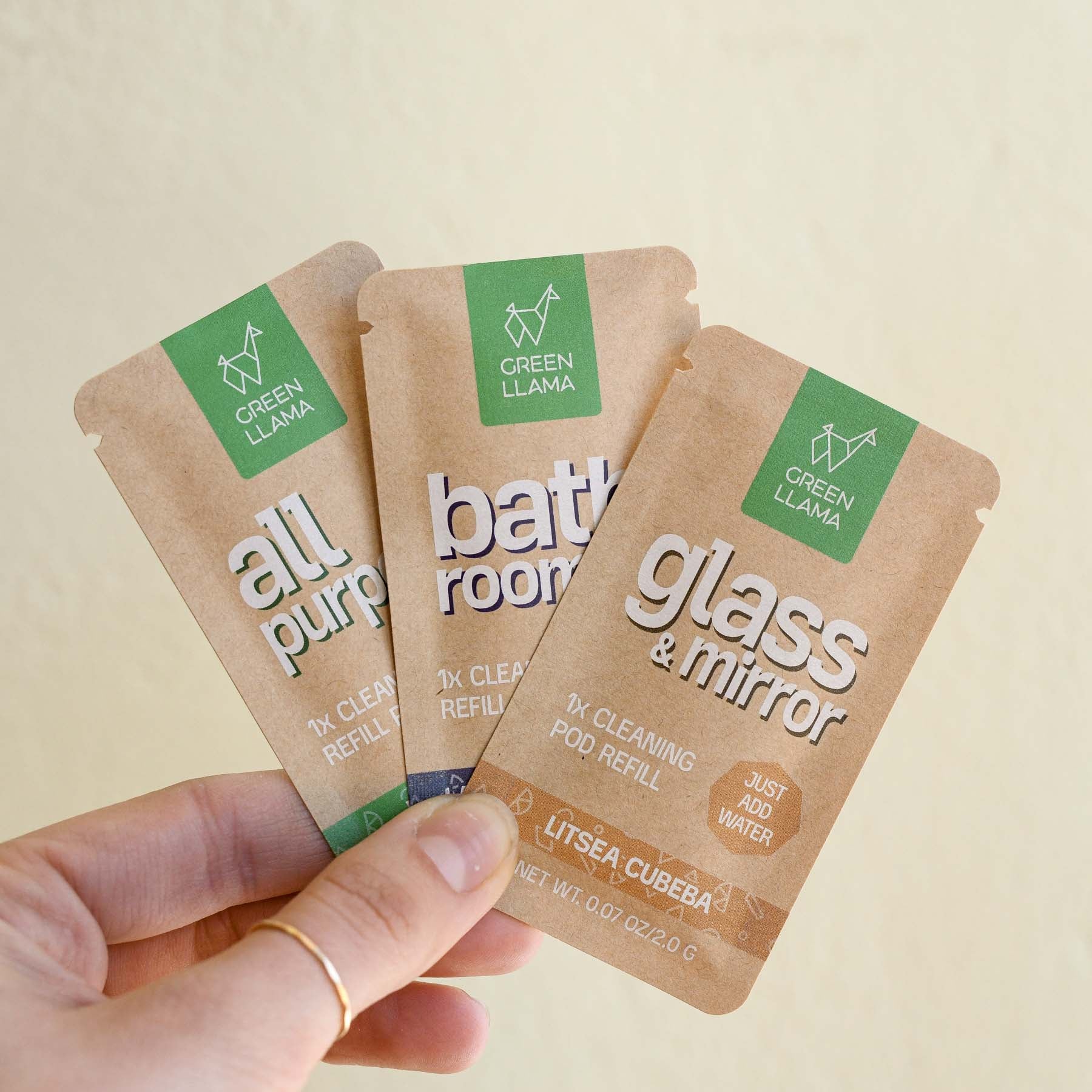
Concerned about the accusations against PVA? So were we.
In case you missed it, we put a pause in keeping our cleaning pods and laundry detergent sheets stocked for the past few months. We took some time to delve into the world of PVA, and assess the studies being done, accuracy of findings, and effects of the biases in these studies. After evaluation, we have brought these items back into the store with confidence. To give you a better look into this process, we've included the following courtesy post from Dr. Matt Keasey, co-founder and formula-developer of Green Llama (where we get our concentrated cleaning pods).

"To give my thoughts context, I will tell you that, despite starting up Green Llama, I continue to be a practicing neuroscientist. I work at ETSU in Johnson City as an Assistant Professor where my primary role is research. Part of my training has been to critique my own work and that of my colleagues.
When I read the [anti-PVA] study that was sponsored by BlueLand, I was eager to learn what the authors had found, not least because it affected Green Llama. In summary, the authors claim that PVA is retained in wastewater for long periods of time. The authors did not perform any direct measurements themselves, rather, they selected and published data from other sources, from geographical locations such as India, then extrapolated those figures on a larger scale.
From a scientific point of view, this is a pretty weak study, basically because it provides no direct evidence for its extrapolations. That being said, I believe it had the impact BlueLand intended, which was to promote its own brand detergent tablets. I can give a much more in depth critique of the article in question, but I suspect my response is likely to be long without it.
As an aside, BlueLand had been trying to publish this study for over a year, and that it benefits their business to do so. Even so, if the claims are true, I want to be the first to know so we can act accordingly.
Before we chose to use PVA, I did a significant amount of reading on the material, mostly through a biodegradability, biological, and toxicological prism.
In terms of biodegradability, PVA is broken down by a number of biological organisms including certain gram-negative and gram-positive bacteria as well as the penicillium genus of fungi (that's the same group that produces the antibiotic, penicillin, which is way cool BTW). The latter fungi is globally widespread. You can read about some of this in this article. With this being said, there is then, a clear distinction between plastic and PVA. As you are likely aware, plastic is not broken down biologically.
Critically for me, as a scientist that studies brain tissue injury and as a human that doesn't want to cause harm, I wanted to know about toxicology. Is PVA toxic? This study demonstrates that PVA has very low oral toxicity, mostly because it is not absorbed by the body. The same was also found in this study. In this study, cells were grown in PVA, which actually increased their survival relative to traditional methods of growing these cells. This last study, incidentally, was published in the journal "Nature," one of, if not the most prestigious scientific journal on the planet. In summary, the evidence suggests that PVA has a toxicity profile similar to that of sugar. PVA is also used in the clinic, as an ingredient for eye lubricants for patients with dry eye, for example.

Leave a comment